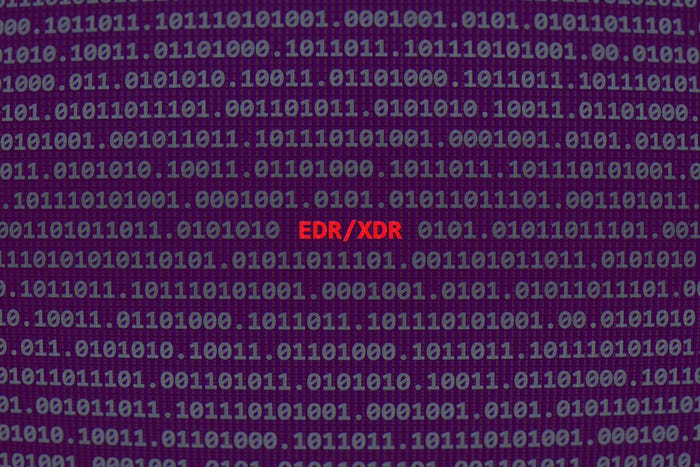10 Ways To Measure IT Security Program Effectiveness
The right metrics can make or break a security program (or a budget meeting).
March 16, 2015

Just how effective is all of that "soft" spending on security awareness training? Steve Santorelli of Team Cymru says there are ways to track and measure that, primarily through phishing and social engineering stress testing, where you test you staff for phishing awareness and social engineering awareness.
Basically, you run a fake phishing campaign and make a few hoax calls," says Santorelli, director of analysis and outreach for the research firm. "Reward and publicize good results, help failures to learn from their errors, and you'll have folks actively watching out for these attacks--for a few weeks at least."
About the Author(s)
You May Also Like
Beyond Spam Filters and Firewalls: Preventing Business Email Compromises in the Modern Enterprise
April 30, 2024Key Findings from the State of AppSec Report 2024
May 7, 2024Is AI Identifying Threats to Your Network?
May 14, 2024Where and Why Threat Intelligence Makes Sense for Your Enterprise Security Strategy
May 15, 2024Safeguarding Political Campaigns: Defending Against Mass Phishing Attacks
May 16, 2024
Black Hat USA - August 3-8 - Learn More
August 3, 2024Cybersecurity's Hottest New Technologies: What You Need To Know
March 21, 2024




